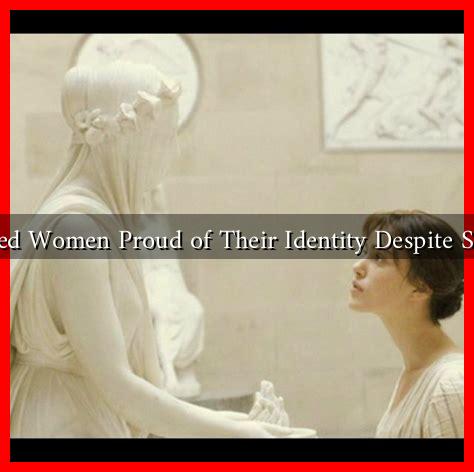-
Table of Contents
Why Are Veiled Women Proud of Their Identity Despite Stigmatization?
The image of veiled women often evokes a spectrum of reactions, ranging from admiration to prejudice. In many societies, the hijab, niqab, or burqa is seen as a symbol of oppression, leading to stigmatization. However, many women who choose to wear these garments express a profound sense of pride in their identity. This article explores the reasons behind this pride, despite societal challenges, and highlights the complexities of their experiences.
The Cultural and Religious Significance of Veiling
For many women, veiling is not merely a fashion choice but a deeply rooted cultural and religious practice. The hijab, for instance, is often associated with Islamic teachings that emphasize modesty and piety. Women who wear the hijab may feel a strong connection to their faith and cultural heritage, which can foster a sense of belonging and identity.
- Religious Identity: For Muslim women, wearing a veil can be an expression of their faith. It serves as a reminder of their spiritual commitments and values.
- Cultural Heritage: In many cultures, veiling is a tradition passed down through generations, symbolizing familial and cultural ties.
- Empowerment: Contrary to the narrative of oppression, many women view their choice to wear a veil as an act of empowerment, reclaiming their autonomy over their bodies and choices.
Resilience Against Stigmatization
Despite facing stigmatization, veiled women often exhibit remarkable resilience. This resilience can be attributed to several factors:
- Community Support: Many veiled women find solidarity within their communities, where shared experiences foster a sense of belonging and mutual support.
- Education and Awareness: Increasingly, women are engaging in dialogues about their choices, educating others about the significance of veiling, and challenging stereotypes.
- Personal Agency: Many women assert that their decision to wear a veil is a personal choice, often made after careful consideration, which reinforces their sense of agency.
Case Studies: Voices of Veiled Women
To better understand the pride veiled women feel, we can look at various case studies and personal narratives:
- Yasmin, a University Student: Yasmin, a 22-year-old student from London, shares that wearing her hijab has empowered her to embrace her identity. She states, “It’s a part of who I am. When people see me in my hijab, they see my faith and my culture, and I take pride in that.”
- Amina, a Fashion Designer: Amina, who runs a successful fashion line for modest wear, emphasizes that her hijab is a source of inspiration. “I want to show the world that modesty can be fashionable and empowering,” she explains.
- Fatima, an Activist: Fatima uses her platform to advocate for the rights of veiled women. She believes that by sharing her story, she can help dismantle stereotypes and promote understanding.
Statistics and Research Findings
Research indicates that the perception of veiled women is often skewed by media portrayals and societal biases. A study conducted by the Pew Research Center found that:
- Approximately 60% of Americans believe that Muslim women are oppressed due to their veiling.
- However, 70% of Muslim women who wear the hijab report feeling empowered by their choice.
These statistics highlight the disconnect between public perception and the lived experiences of veiled women, underscoring the importance of listening to their voices.
Conclusion: Embracing Identity Amidst Challenges
Veiled women embody a complex interplay of cultural, religious, and personal identity. Despite facing stigmatization, many find pride in their choices, viewing their veiling as an expression of empowerment and resilience. By sharing their stories and challenging stereotypes, they contribute to a broader understanding of what it means to be a veiled woman in today’s world. As society continues to evolve, it is crucial to recognize and respect the diverse narratives of veiled women, fostering an environment of acceptance and understanding.
For further reading on the experiences of veiled women, you can explore resources from organizations like Muslim Women’s Network.

